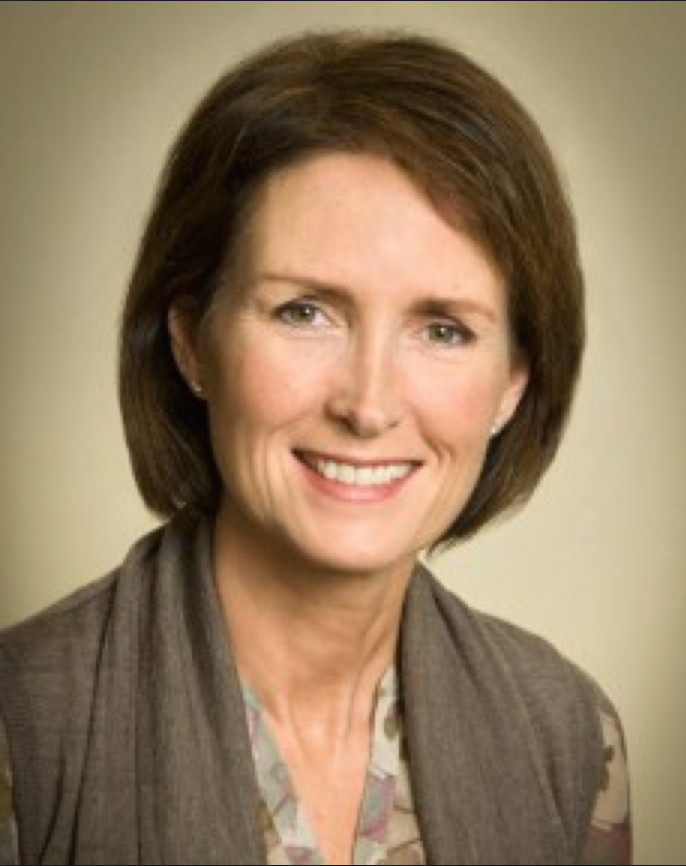Adopting an Indigenous World View
By Tricia Thomas
The days of secret adoptions are over as is the practice of ‘kill the Indian to save the child’.
Those are two important things I learned in April when I attended the Forum for Change in Snuneymuxw territory. Subtitled Reconciliation for Today’s First Nations, Metis & Aboriginal Children Through Custom Adoption and Lifelong Family and Tribal Connections the event featured the impressive Mary Ellen Turpel-Lafond, BC’s representative for children and youth.
Joining her were people from the Ministry of Children and Family Development as well as Aboriginal leaders from throughout BC including people like Bill Yoachim of Snuneymuxw who is executive director of Kw’umut Lelum Child and Family Services.
Delegates at the two-day forum investigated strategies and the collaborative approaches necessary to ensure that Aboriginal children and youth in government care are supported in ways that will establish secure and lifelong connections to their family and their cultural heritage.
Turpel-Lafond issued a report entitled Finding Forever Families: A Review of the Provincial Adoption System, which showed that, at any given time, more than 1,000 BC children and youth in care of the ministry were waiting to be adopted.
I learned that when we look the importance of attachment and bonding, one of the things we should focus on is identity and belonging. We need to look at who children are, where they come from and whom they are connected to. And we need to respect how each nation’s ancestors defined and practiced custom adoption. Cultural planning for adoptions is value based and is an inherent cultural right.
When we disconnect our children from their communities, we not only impact the child, but also negatively impact the social and cultural fabric of the nation. We now face the tragedy of lost children in the new millennium.
There are more of our children in care now than at the height of the residential school system. That system was a national disgrace that pressured Prime Minister Stephen Harper to give a national apology for its catastrophic impact on First Nations across Canada.
Children need to stay connected to their community and only after exhaustive efforts should we even think about placement in a non-aboriginal home. They may not be able to live with their biological parents, but that doesn’t take away their right to be connected to their culture.
We need to have a cultural plan for every Aboriginal child, morally, ethically and legally binding, especially if the children are going to a non-aboriginal caregiver. Otherwise it could lead to an adoption break down.
“We need to work collectively … to move past the shame, blame and judgment that we have experienced in this field and move towards focusing on reconciliation, telling the truth, acknowledging where we have been, where we are going, to restoring the damage and moving towards relationships. And we need to address the realities of the over-representation of our kids in care.” – Lise Haddock.
“Come walk with us and get to know our people. Then you will understand. Come help us to look after our children.” – Chief Clem Seymour of the Seabird Island Band.
“Every child needs a family and a parent to love them.” – Jocelyn Antione of Snuneymuxw.




